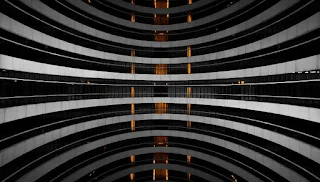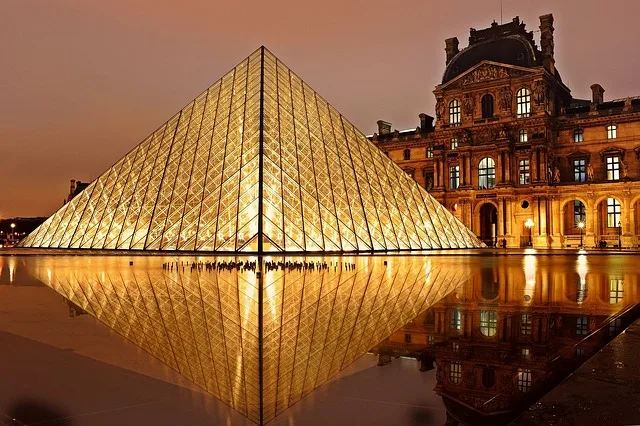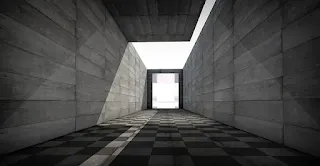Architecture and interior design are profound reflections of human creativity and culture. Throughout history, they have evolved in response to societal needs, technological advancements, and artistic movements. From the grandeur of ancient civilizations to the sleek lines of modern skyscrapers, architecture has continually shaped our built environment. Similarly, interior design has transformed spaces into expressions of style, comfort, and functionality. In this article, we delve into the intricate relationship between architecture and interior design, exploring their evolution, significance, and timeless elegance.
The Evolution of Architecture:
Architecture traces its roots back to ancient civilizations, where early humans constructed primitive shelters for protection. Over time, these structures evolved into architectural marvels that embodied cultural, religious, and technological advancements. Ancient Egyptian pyramids stand as enduring symbols of architectural ingenuity and monumentalism, while the grandeur of Greek temples reflects ideals of beauty and proportion.
During the Renaissance, architects such as Leon Battista Alberti and Andrea Palladio revived classical principles, inspiring a new era of architectural design characterized by harmony, balance, and symmetry. The Baroque and Rococo periods introduced ornate embellishments and dramatic forms, epitomized by the opulent palaces of Versailles and the intricate facades of European cathedrals.
The Industrial Revolution brought about radical changes in architecture, with innovations in materials and construction techniques enabling the rise of skyscrapers and steel-framed buildings. Architects like Louis Sullivan and Frank Lloyd Wright embraced these advancements, pioneering modernist principles that emphasized functionalism, simplicity, and integration with nature.
In the 20th century, architectural movements such as Bauhaus, Art Deco, and Postmodernism pushed the boundaries of design, experimenting with new forms, materials, and spatial concepts.
Today, contemporary architecture continues to evolve, embracing sustainable practices, digital technologies, and innovative urban planning solutions.
The Essence of Interior Design:
Interior design is the art and science of enhancing interior spaces to achieve a desired aesthetic and functional outcome. It encompasses a wide range of elements, including furniture, lighting, color schemes, textures, and spatial arrangements. Unlike architecture, which focuses on the external structure of buildings, interior design concerns itself with the interior environment, optimizing its usability, comfort, and visual appeal.
Throughout history, interior design has been influenced by cultural trends, socioeconomic factors, and technological advancements. In ancient civilizations, interiors were adorned with intricate carvings, textiles, and murals, reflecting the prevailing artistic styles and religious beliefs. During the Middle Ages, castle interiors were characterized by heavy tapestries, ornate furniture, and dim lighting, conveying a sense of opulence and security.
The Renaissance witnessed a revival of classical ideals in interior design, with an emphasis on proportion, symmetry, and perspective. Elaborate furnishings and decorative elements adorned palaces and noble residences, creating sumptuous interiors that exuded sophistication and luxury.
The 19th century saw the emergence of various interior design styles, including Victorian, Gothic Revival, and Arts and Crafts, each reflecting distinct aesthetic preferences and social values. The advent of industrialization brought about changes in interior design, as mass-produced furniture and household goods became more accessible to the middle class.
The 20th century witnessed a proliferation of design movements, from the sleek minimalism of the Bauhaus to the glamorous decadence of Art Deco. Postwar prosperity fueled a demand for modern, functional interiors, leading to the popularity of mid-century modernism and Scandinavian design. Today, interior design continues to evolve, embracing eclectic styles, sustainable materials, and innovative technologies.
The Interplay Between Architecture and Interior Design:
Architecture and interior design are intrinsically linked, with each influencing the other in profound ways. While architecture provides the framework for interior spaces, interior design imbues them with character, personality, and functionality. Together, they create cohesive environments that harmonize aesthetics with practicality, form with function.
The relationship between architecture and interior design is evident in the design process, where architects and interior designers collaborate to ensure a seamless integration of spatial elements, materials, and finishes. Architects consider the overall structure, layout, and building envelope, while interior designers focus on the finer details, such as furniture selection, lighting design, and color palettes.
In residential projects, architects work closely with interior designers to create homes that reflect the lifestyle, preferences, and needs of their occupants. From the layout of rooms to the selection of materials and finishes, every aspect of the design is carefully considered to enhance livability and comfort.
In commercial and institutional settings, architecture and interior design play a crucial role in shaping the user experience and brand identity. Retail spaces, restaurants, and hotels are designed to attract customers, create memorable experiences, and foster brand loyalty. Educational facilities, healthcare environments, and corporate offices are tailored to support productivity, well-being, and collaboration.
The Future of Architecture and Interior Design:
As we look to the future, architecture and interior design are poised to undergo further transformation, driven by technological innovation, environmental sustainability, and changing societal needs. Advances in digital design tools, robotics, and 3D printing are revolutionizing the way buildings are conceived, constructed, and inhabited.
Sustainable design practices are increasingly becoming integral to architectural and interior design projects, as architects and designers strive to reduce carbon emissions, conserve resources, and create healthy, resilient environments. From passive design strategies to green building certifications, sustainability is shaping the built environment of tomorrow.
Furthermore, the COVID-19 pandemic has prompted a reevaluation of how we design and use interior spaces, with a greater emphasis on flexibility, adaptability, and hygiene. Remote work and online learning have reshaped the demand for residential and commercial interiors, driving innovations in home offices, virtual meeting spaces, and touch-free technologies.
In conclusion, architecture and interior design are timeless expressions of human creativity and ingenuity, shaping the way we live, work, and interact with the built environment. From ancient civilizations to contemporary skyscrapers, they reflect the aspirations, values, and aspirations of society. As we continue to push the boundaries of design, let us embrace the enduring elegance of architecture and interior design, enriching our lives and inspiring future generations.
click here to get a professional Architecture and Interior designer.




















No comments:
Post a Comment